WHO WE HELP
Cataract Eye Surgeries Makes a Difference in the World
Cataract Blindness can be easily cured and is considered the most cost-effective medical intervention in the world. The life-changing, manual, sutureless surgery can be completed in less than 10 minutes at the consumable cost of $25. Over 18 Million patients still await care and are living needlessly blind as they await access to care.
The Cause
Eye care is one of the greatest public health challenges for the 21st century. Of the more than 36 million people worldwide suffering from unnecessary blindness, more than half are due to cataracts – which can be surgically treated. Most of these people live in the developing world, where poor nutrition and limited access to eye care can mean a life limited by needless blindness. Numerous studies have shown that sight restoration with cataract surgery is among the most cost-effective interventions in health care.
Our work is focused in these developing countries where the number of blind patients is the highest.
Definition of Blindness
In terms of public health, blindness is defined as being unable to see the big “E” on the eye chart in either eye and most and most blind persons are unable to detect more than a shadow when a hand passes in front of their face. A person is functionally blind, according to the World Health Organization, when he or she is unable to perform the basic tasks of daily living.
Blindness is particularly devastating in the developing world, where it has a profound impact on the quality of life for the blind person and his or her community. Blindness takes an able-bodied person out of the workforce, or a child out of school to lead a parent around by a stick. Spouses are often required to become full-time caregivers, and two income-producing individuals in a family are effectively lost.
When a family is impoverished to begin with, the blindness of a single family member can become the tipping point of survival. For the destitute, blindness is often a death sentence.
Causes of Blindness
Blindness is most prevalent in developing countries where malnutrition, inadequate health and education services, poor water quality, and a lack of sanitation lead to a high incidence of eye disease. Fully 90% of the world’s visually impaired live in low-income settings.
In the least-developed countries, and in particular Sub-Saharan Africa, cataracts are responsible for half of all avoidable blindness. Other causes include glaucoma (15%), corneal opacities (10%), trachoma (6.8%), childhood blindness (5.3%), and onchocerciasis (4%). A simple, low cost, one-time procedure can restore full sight to patients with cataracts - but in too many places those procedures are not yet available.



